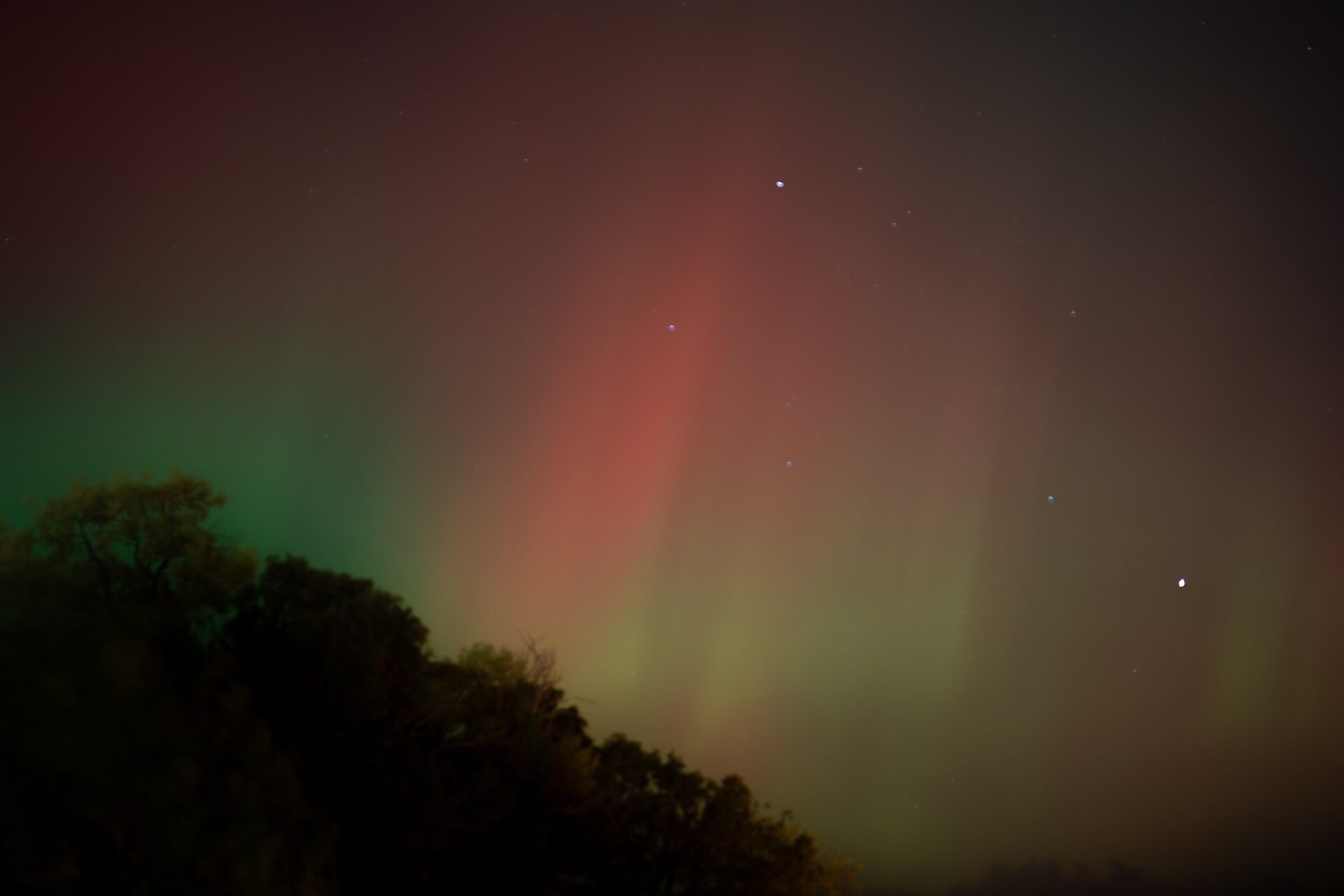
Few natural wonders stir the soul quite like the aurora borealis, the northern lights—those rippling waves of green, pink, and violet that dance through polar skies. But this celestial ballet is more than just a pretty show—it’s an energetic conversation between the Sun and the Earth. And it all starts with something that sounds almost mythical: coronal holes and solar plasma.
The Science of Coronal Holes: Gates of Solar Wind
The Sun is a turbulent sphere of nuclear fusion, wrapped in magnetic fields. Occasionally, regions on the Sun’s surface become less dense and cooler than their surroundings—these are called coronal holes.
What’s special about coronal holes?
- They’re “openings” in the solar magnetic field.
- Through them, high-speed solar wind—a stream of plasma—escapes into space at 500–800 km/s.
- These solar winds can last for several days, and when Earth is in the path, we feel it, both scientifically and energetically.
What is Solar Plasma?
Plasma is often called the fourth state of matter—an electrically charged gas made of free-flowing ions and electrons. It’s the most common form of matter in the universe, making up stars, lightning, and auroras.
Plasmas Energetic Impact
Earth’s communications
- It interacts with Earth’s magnetosphere, our protective magnetic shield.
- This can cause geomagnetic storms, which temporarily shift the energy balance of the planet.
- These storms create intense auroras. Plasma collisions excite atmospheric gases so that they emit light.
- It can disrupt satellite communications and GPS.
- It can affect power grids and navigation systems.
- It interacts with Earth’s ionosphere, which influences radio wave transmission.
But here’s where it gets even more intriguing… Beyond the physics, many believe solar plasma doesn’t just affect these frequency networks—it affects consciousness, emotion, and even DNA. Some scientists and spiritual thinkers suggest it has an impact on:
Earth’s Energy Field:
- The Earth’s magnetic field isn’t static—it breathes and fluctuates.
- Solar plasma storms excite the magnetosphere, creating electromagnetic pulses that ripple through the atmosphere and crust.
- This could trigger changes in tectonic activity, weather patterns, and even the Schumann Resonance—Earth’s “heartbeat” frequency.
Human Energy & Consciousness:
Because our brains and bodies are electrically sensitive:
- Solar storms can cause headaches, sleep disturbances, anxiety, or conversely, bursts of creativity and insight.
- Some researchers believe solar plasma activity affects pineal gland function, enhancing intuition or altered states of awareness.
- Others see auroras and geomagnetic peaks as times of higher spiritual connection—openings for downloads, clarity, or healing.
(These ideas are still speculative, but increasingly explored in bioelectromagnetics and consciousness studies.)
How to Tune In (and Not Freak Out)
When auroral activity is high, you can choose to align with this cosmic charge rather than resist it:
- Ground yourself with Earth connection—barefoot walks, salt baths, or clay masks.
- Meditate or journal during geomagnetic peaks—insights may come more easily.
- Limit screen time if feeling overstimulated.
- Hydrate and support your nervous system (magnesium is your friend).
Final Thought: Cosmic Weather, Inner Weather
When solar winds stir the northern lights into being, they’re not just making the sky beautiful—they’re reminding us of our interconnection with the solar system. We are not separate from space weather, but live within it. We breathe it, feel it, and maybe even grow from it.
So next time you see an aurora forecast or feel a strange surge of emotion or energy—look up. The Sun might be whispering through the winds of plasma, lighting up not just the sky, but something deep within you.